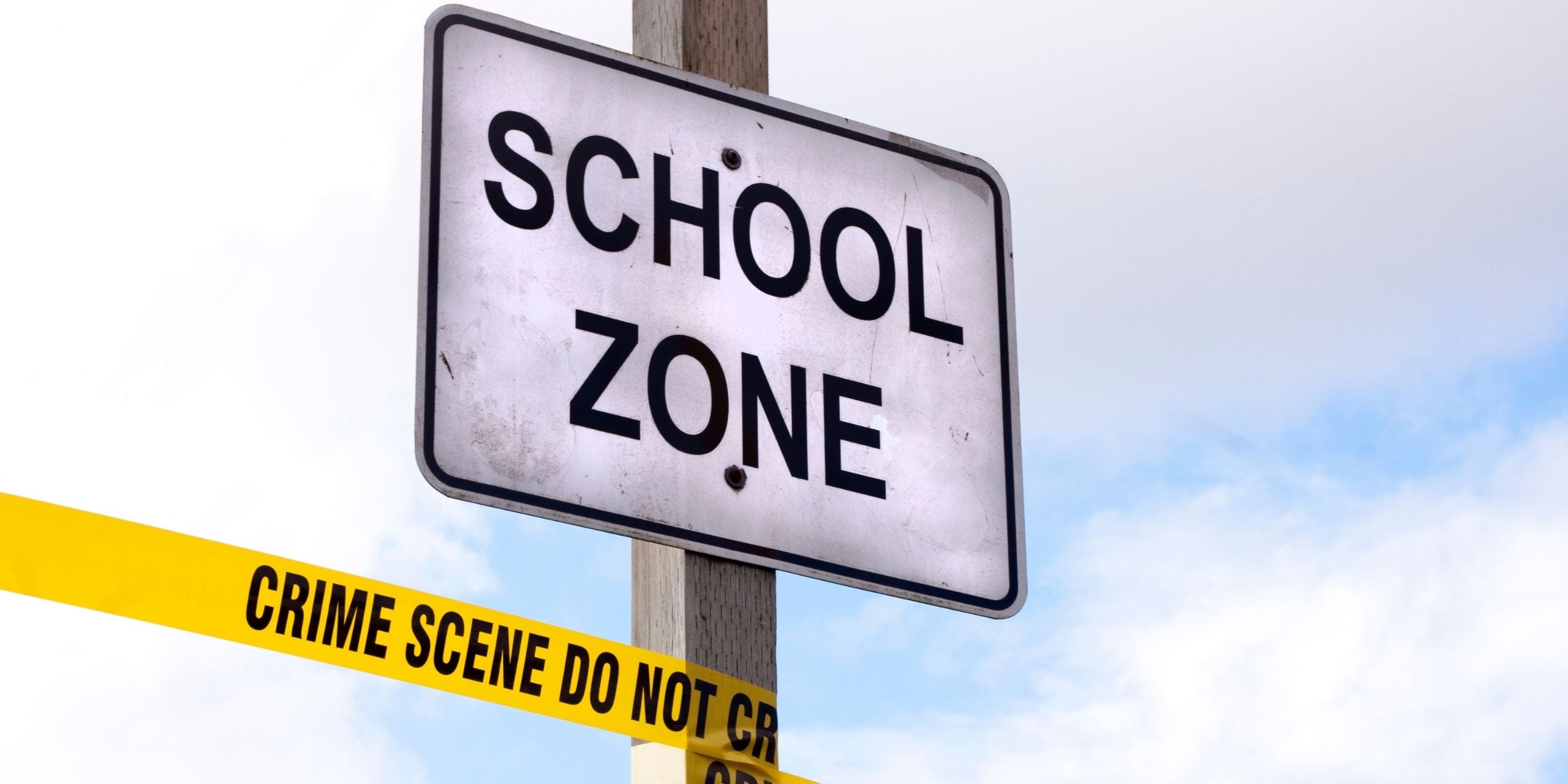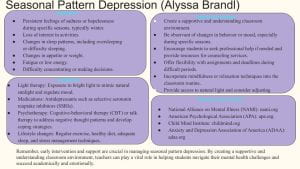
imgres
Violence is never a solution to conflicts, as it continues to harm, deepens divisions among society, and undermines the potential for peaceful resolution. Throughout the video and the two articles from the module, violence with guns is discussed. Gun violence is a scary thought, especially when it comes to gun violence in schools. Going into the teaching field, gun violence is always a thought in the back of my mind. In the documentary as well as the two articles, they talk about the factors and reasons behind gun violence as well as the fear experiences in students, parents, and educators. In the article I chose it discusses that some problems in life can’t be solved no matter how hard one might try. Even though this is true, some people resort to gun violence thinking that their problems can be solved.
Some things I found surprising when reading the articles, and watching the film was the fear among students and parents regarding the possibility of a school shooting. Although it is safe to assume everyone fears school shootings, it was shocking to find out the largeness of concern. I do not have any personal experience directly related to school violence, but the intensity of this fear among students and parents highlights the major impact of mass shootings on society and the behaviors of society. The other surprising discovery was reading about the how much bullying and cyberbullying contribute to school violence. Bullying can lead to some students trying to resolve the conflict with gun violence and taking it out on the students who hurt them, and then potentially on themselves. It reveals the impact of bullying on students’ well-being and emphasizes the complexity of violence within educational settings.
Some things that did not surprise me was the CDC’s data on school violence and its frequency in the United States. Unfortunately, school violence has been an ongoing issue. There has been an increased number of reports of gun violence in schools and an increase in the amount of research being done. While the statistics are alarming, they confirm the existing knowledge about the amount of violence in educational settings, highlighting the urgent need for prevention and intervention efforts.
Overall, after reading all of the articles and watching the film some information was surprising and some of it was not surprising to me. After gathering more knowledge I now have more insight on school gun violence. The amount of fear and amount of bullying leading to violence surprised me. The frequency did not surprise me because of all the statistics and data behind the findings. School gun violence is alarming and very scary to hear about, but I am glad I have more knowledge now to take with me in my classroom.

imgres
References:
Graf, N. (2018, April). A majority of U.S. teens fear a shooting could happen at their school, and most parents share their concern. Pew Research Center. https://www.pewresearch.org/fact-tank/2018/04/18/a-majority-of-u-s-teens-fear-a-shooting-could-happen-at-their-school-and-most-parents-share-their-concern/
Moore, M. (Producer & Director) (2002). Bowling for Columbine [Film]. United States: Dog Eat Dog Productions/ YouTube https://watchdocumentaries.com/bowling-for-columbine/Links to an external site. OR https://youtu.be/wScIMiWT_dw
Preventing school violence. (2019). Centers for Disease Control and Prevention. https://www.cdc.gov/violenceprevention/youthviolence/schoolviolence/fastfact.html?CDC_AA_refVal=https%3A%2F%2Fwww.cdc.gov%2Fviolenceprevention%2Fyouthviolence%2Fschoolviolence%2Findex.html
Sitrin, C. (2023, November 1). “it’s never ending.” Philly students give officials straight talk about gun violence. Chalkbeat. https://www.chalkbeat.orgphiladelphia-gun-violence-students-roundtable-shootings-guns-mental-health-attorney-general


